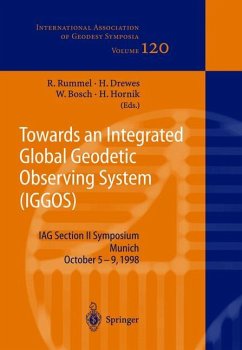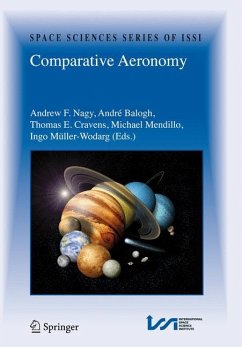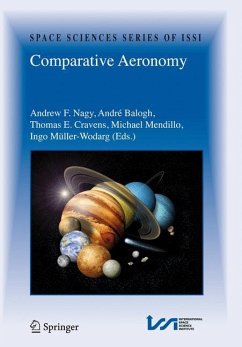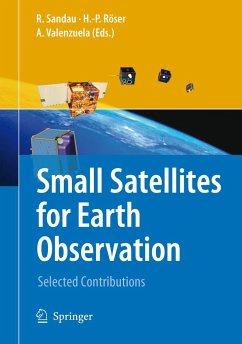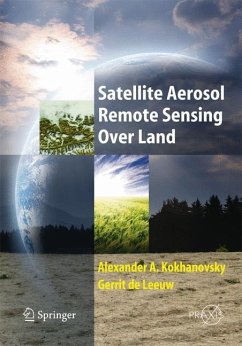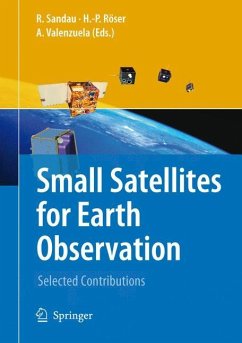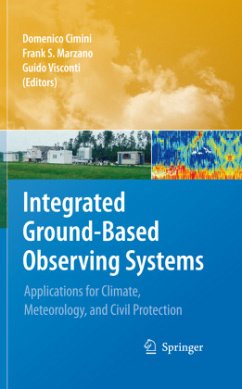
Observing Systems for Atmospheric Composition
Satellite, Aircraft, Sensor Web and Ground-Based Observational Methods and Strategies
Herausgegeben: Visconti, Guido; Di Carlo, Pietro; Brune, W.; Schoeberl, M.; Wahner, Andreas

PAYBACK Punkte
56 °P sammeln!
The new challenge in atmospheric chemistry is to understand the intercontinental transport and transformation of gases and aerosols. This book describes the observational and modeling techniques used to understand the atmospheric composition from satellites, aircraft and ground based platforms. The two common ideas presented throughout are the role of each component in an observing system for atmospheric composition, and the advances necessary to improve the understanding of atmospheric composition. The objective of this book is to provide a larger audience the opportunity to learn about these...
The new challenge in atmospheric chemistry is to understand the intercontinental transport and transformation of gases and aerosols. This book describes the observational and modeling techniques used to understand the atmospheric composition from satellites, aircraft and ground based platforms. The two common ideas presented throughout are the role of each component in an observing system for atmospheric composition, and the advances necessary to improve the understanding of atmospheric composition. The objective of this book is to provide a larger audience the opportunity to learn about these techniques and advances in atmospheric composition.






